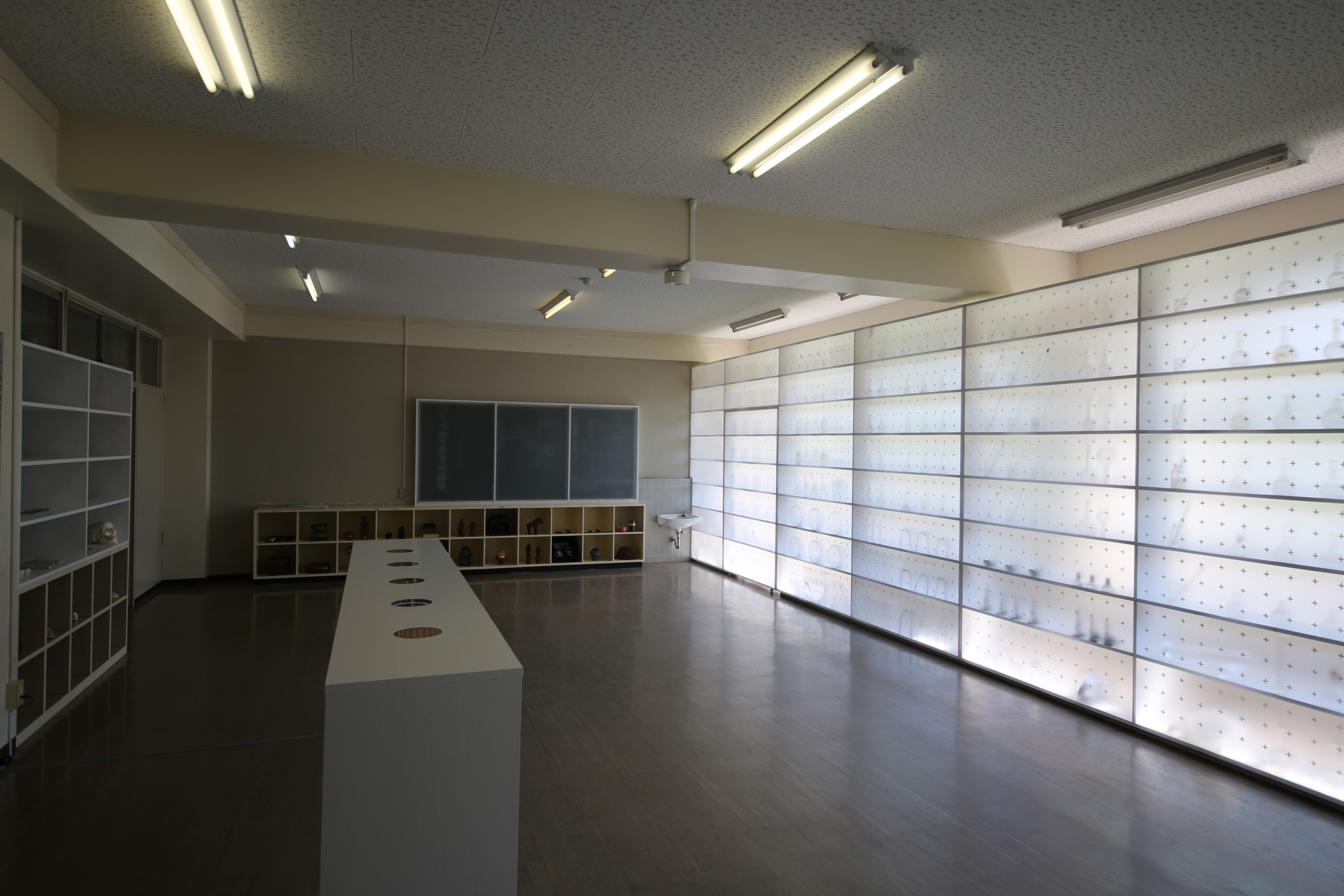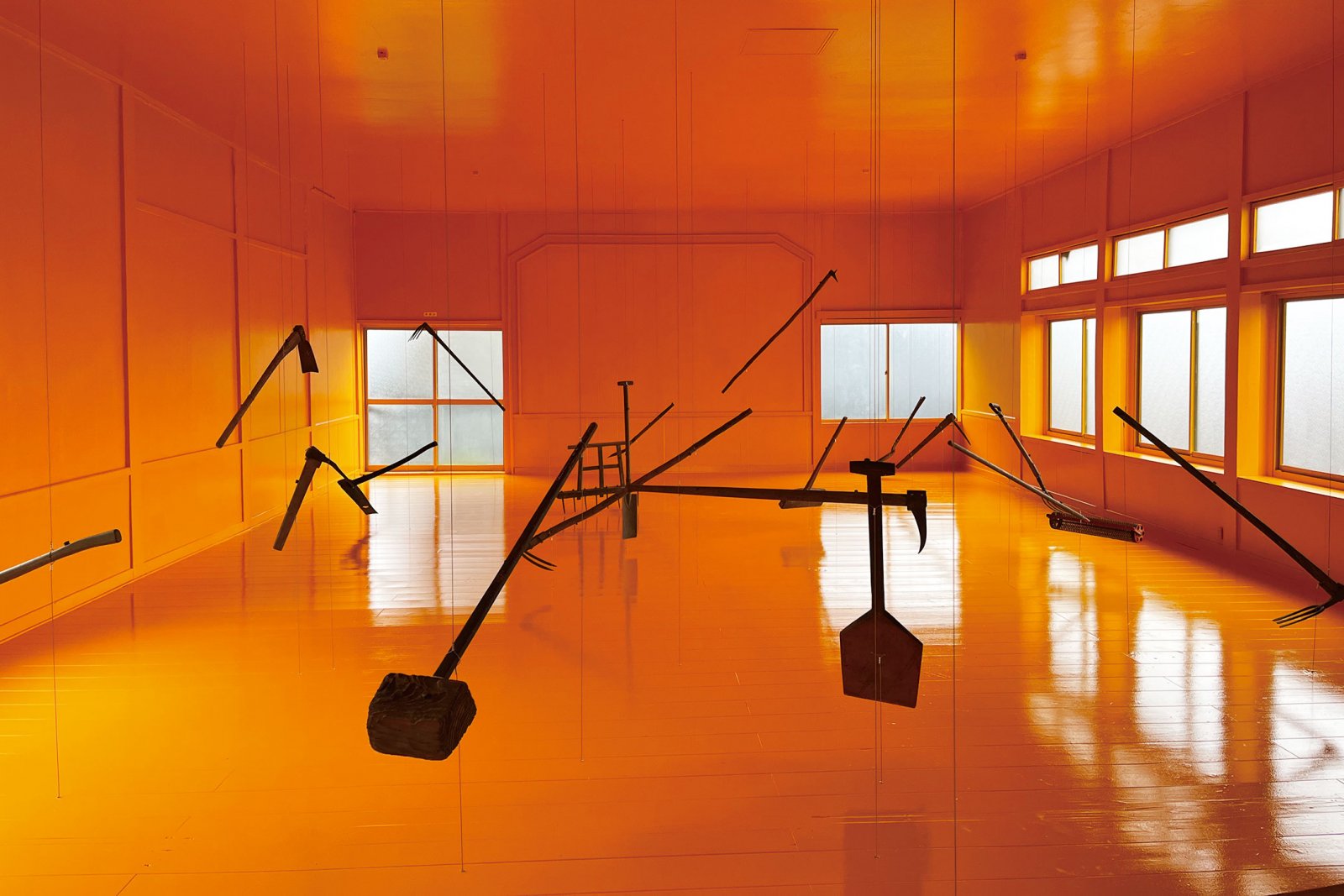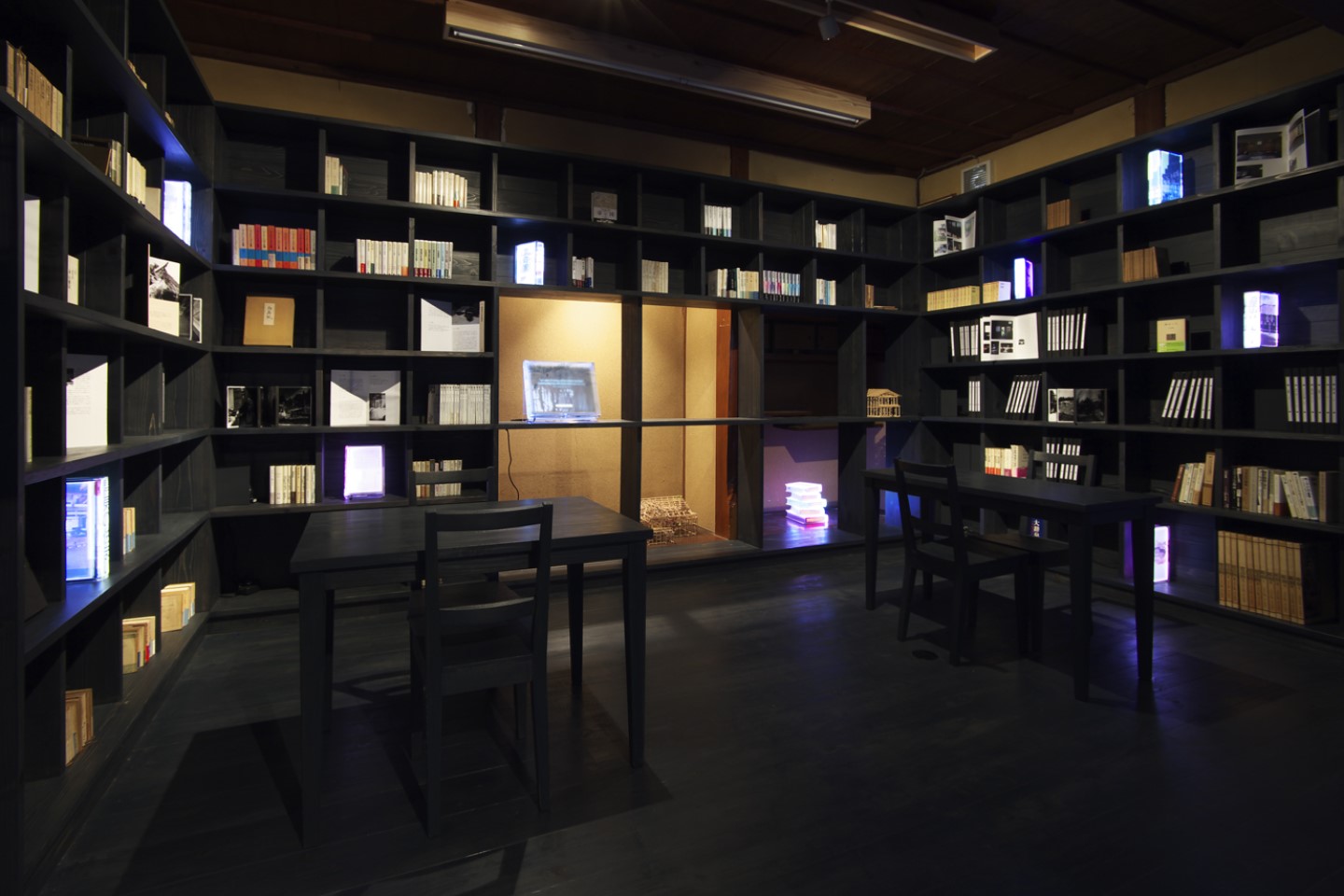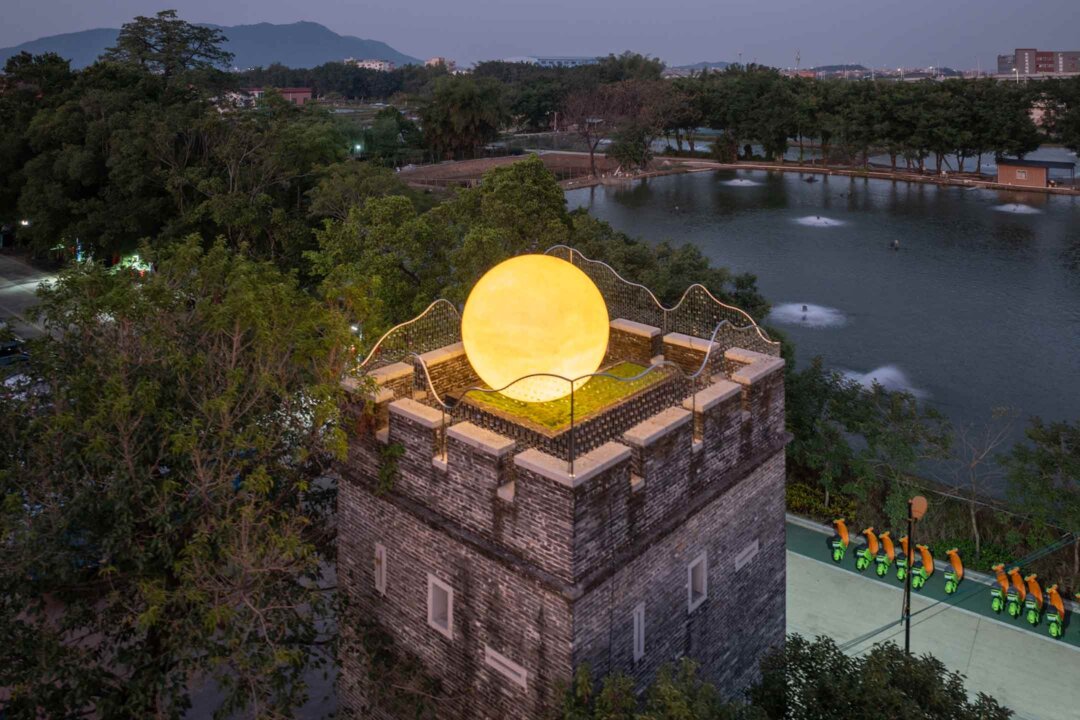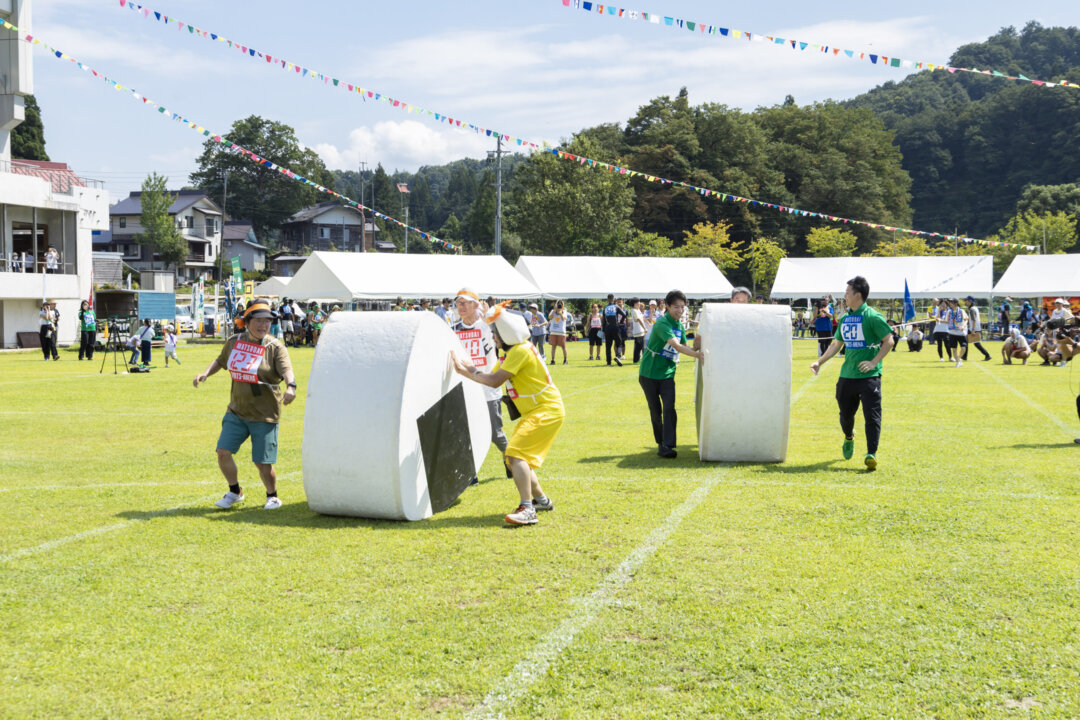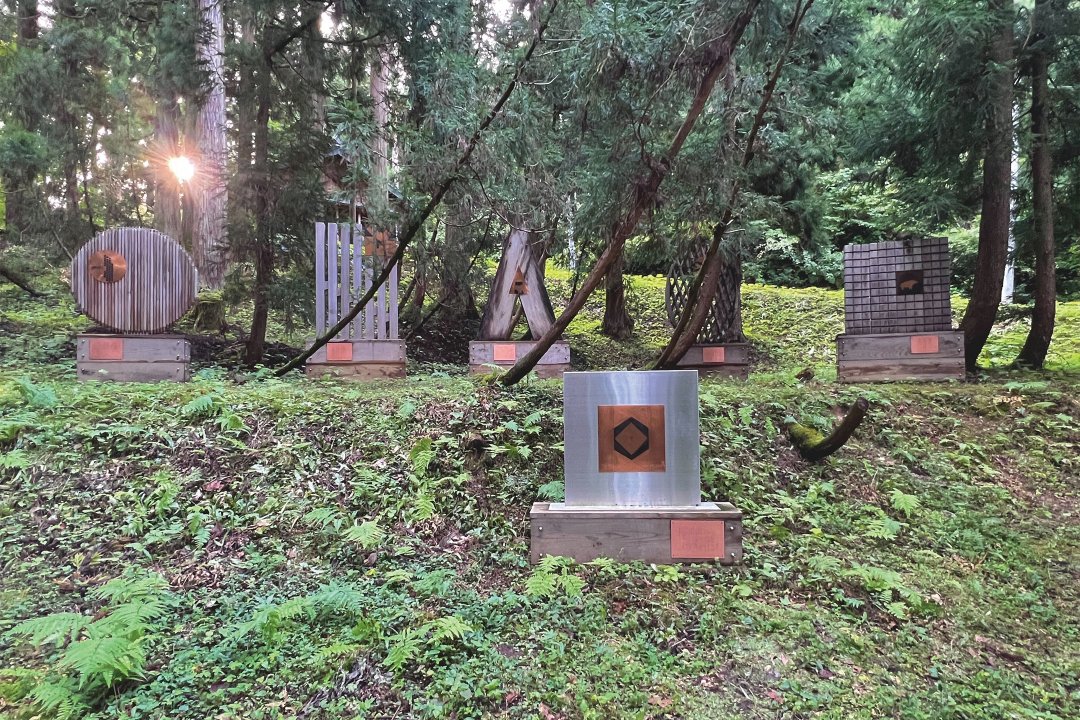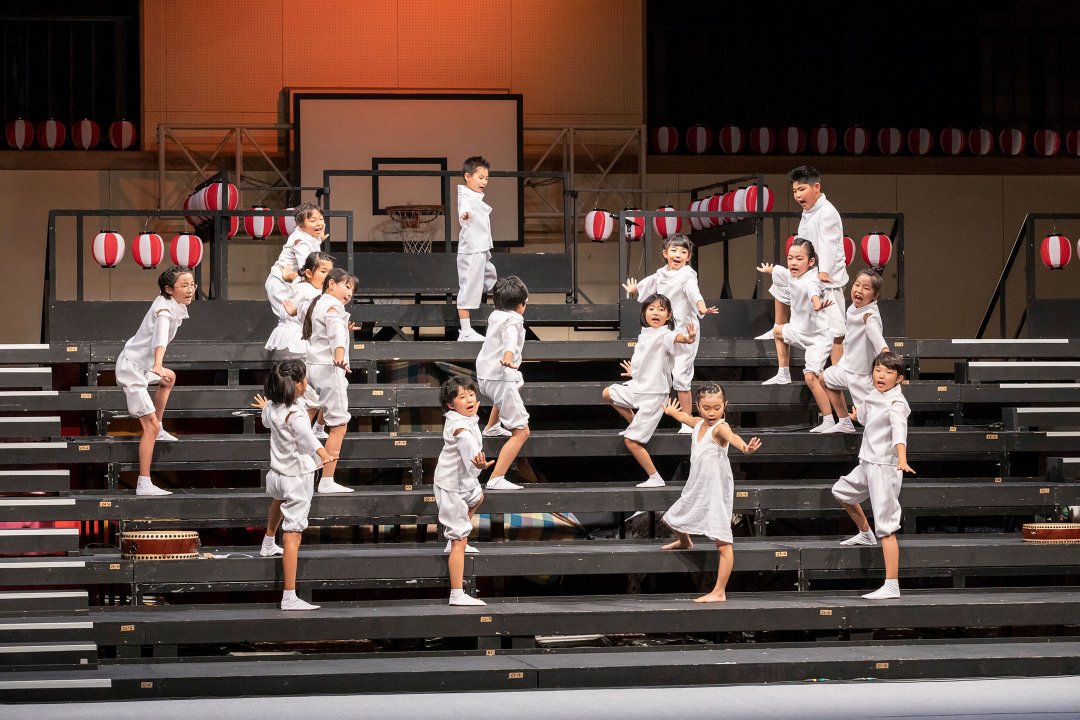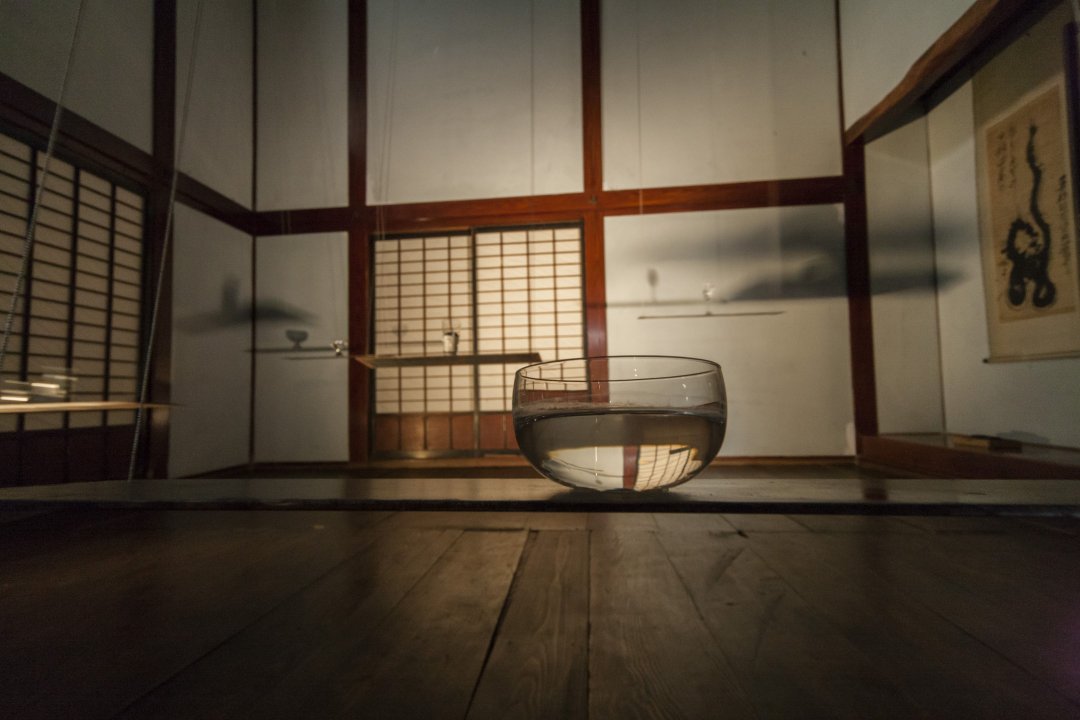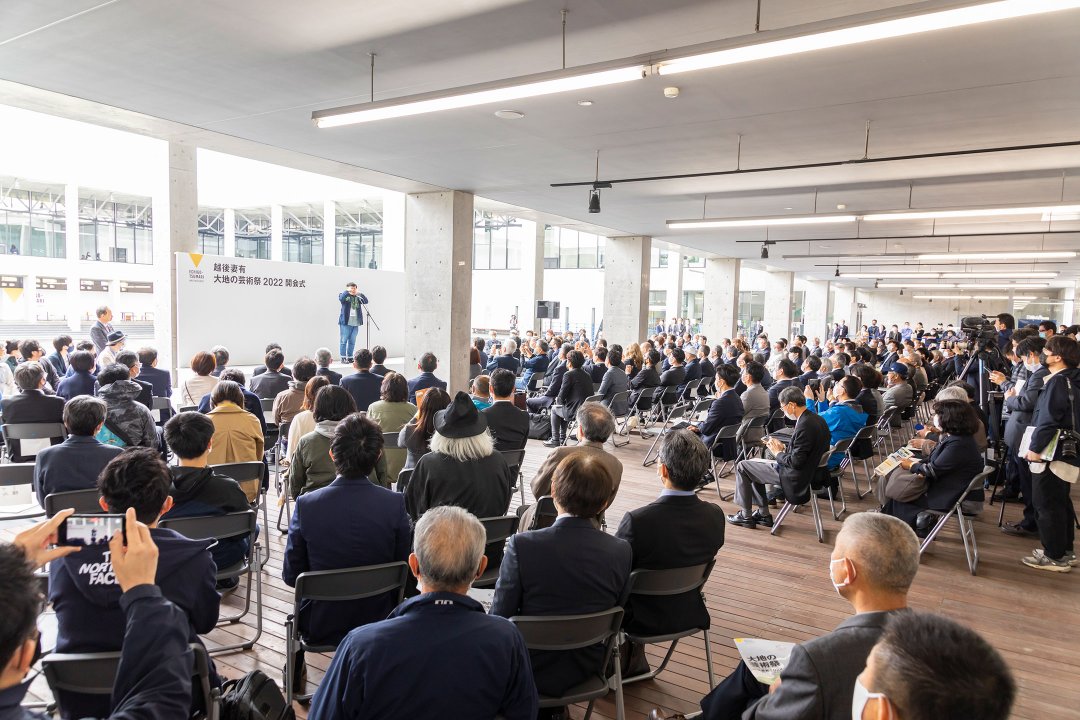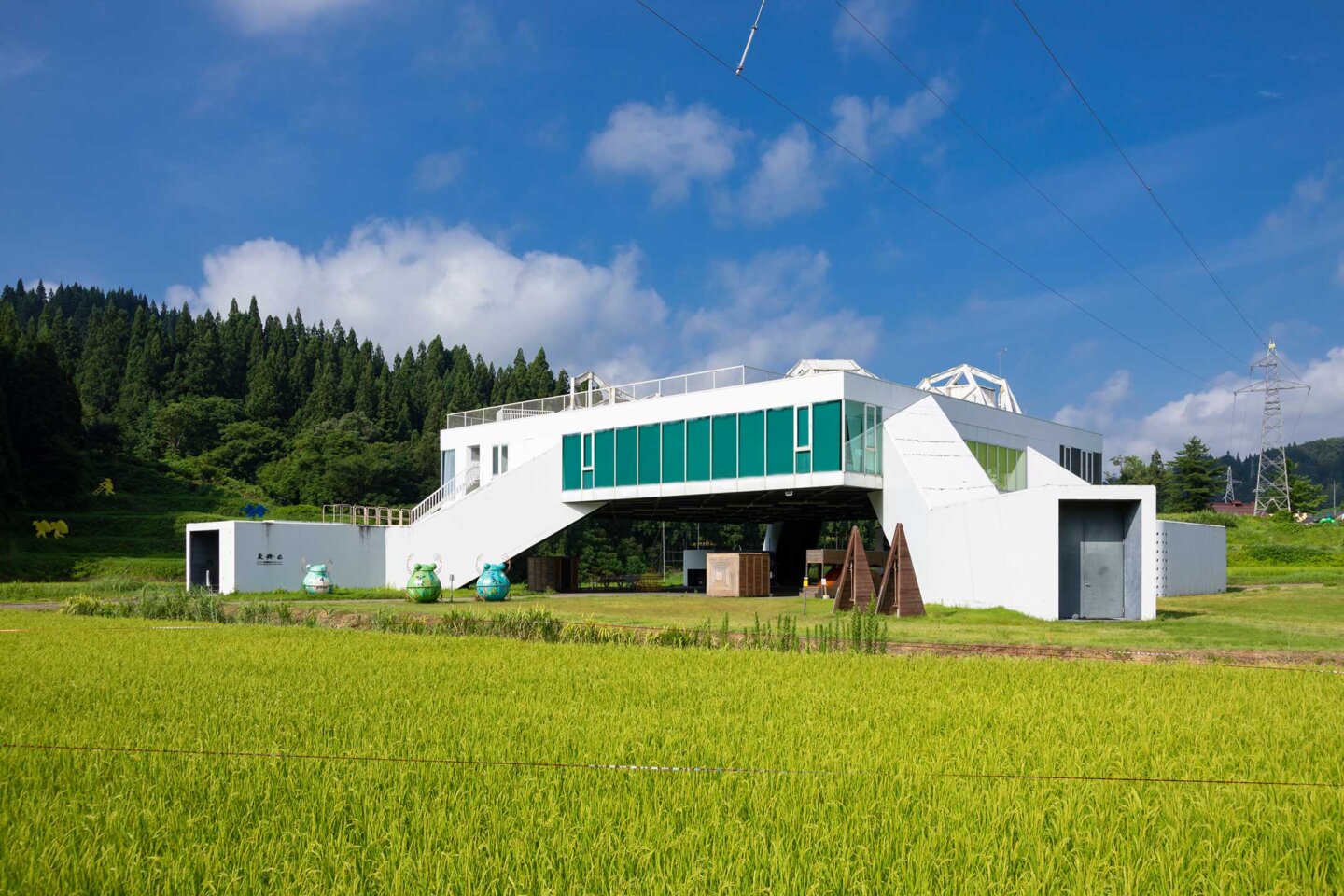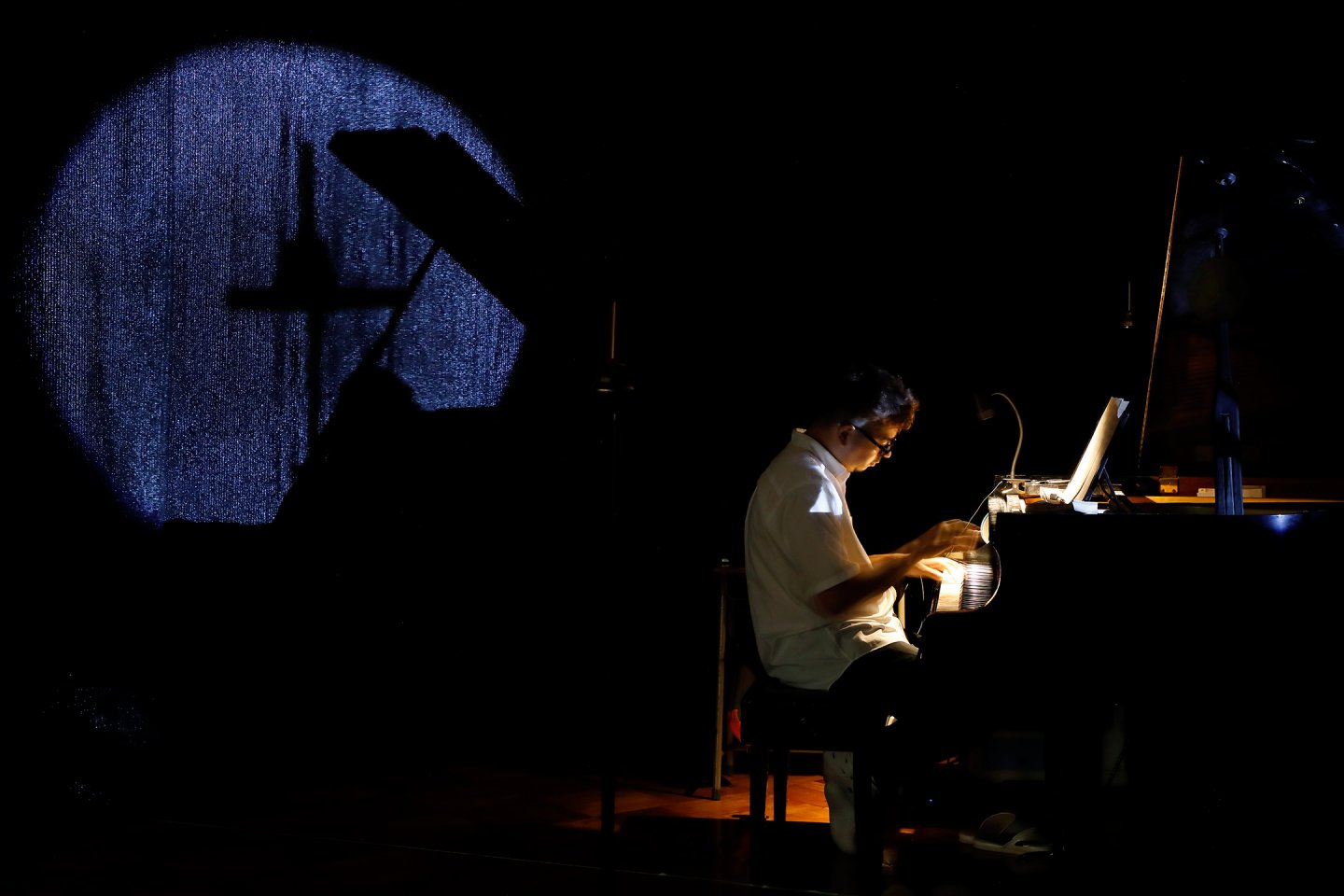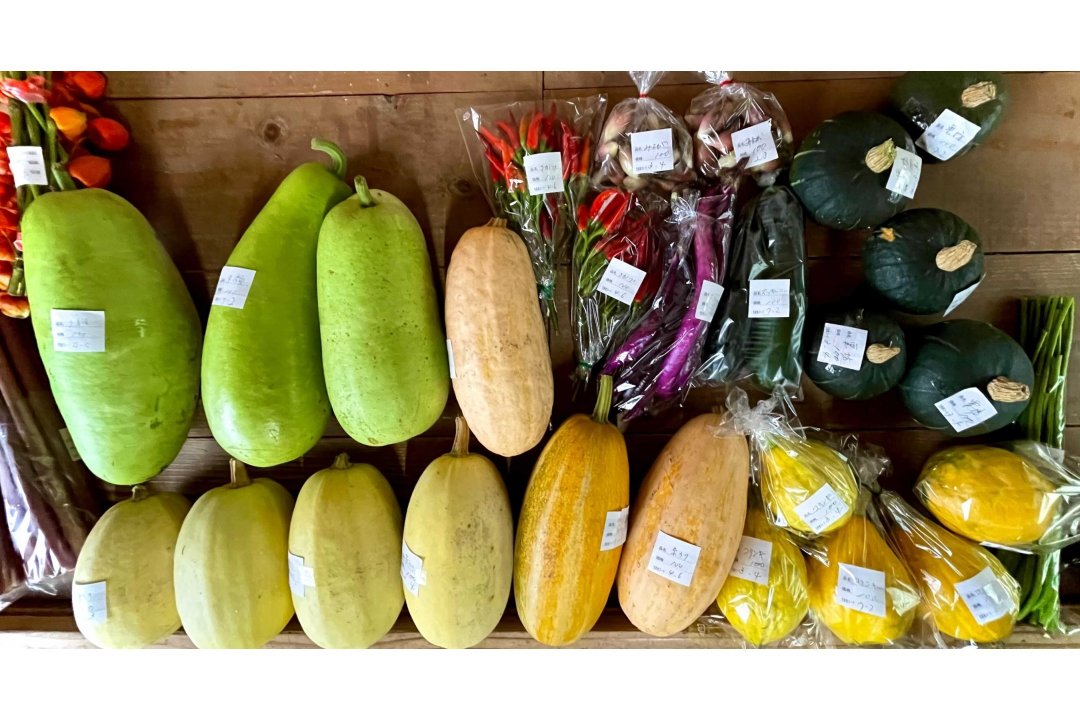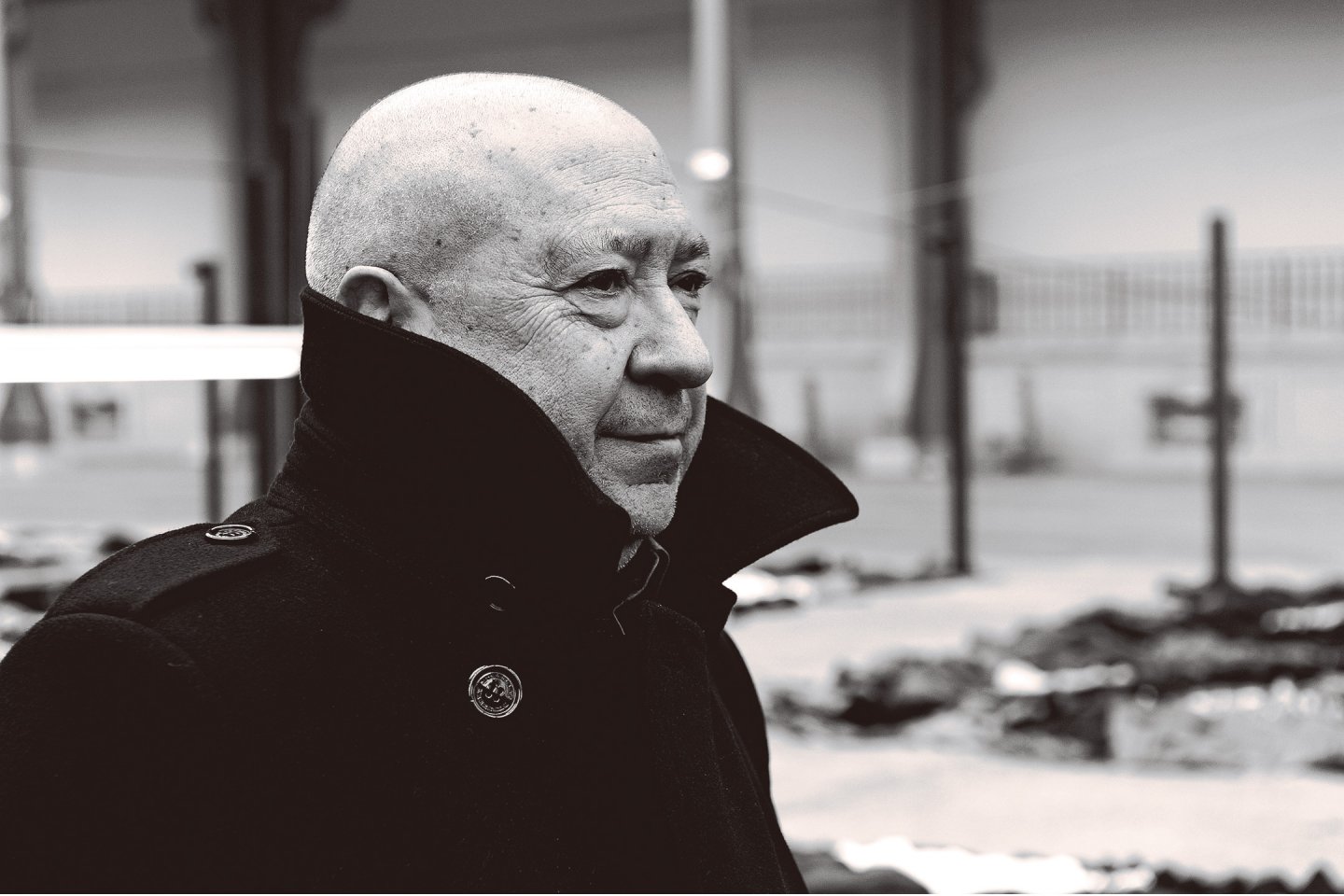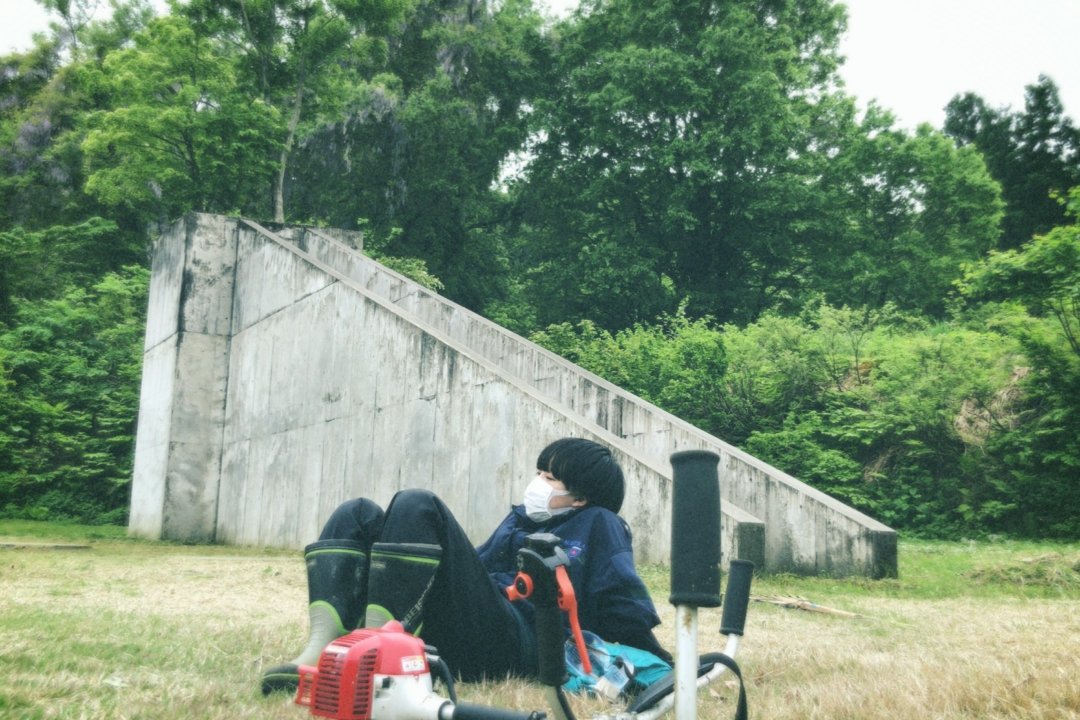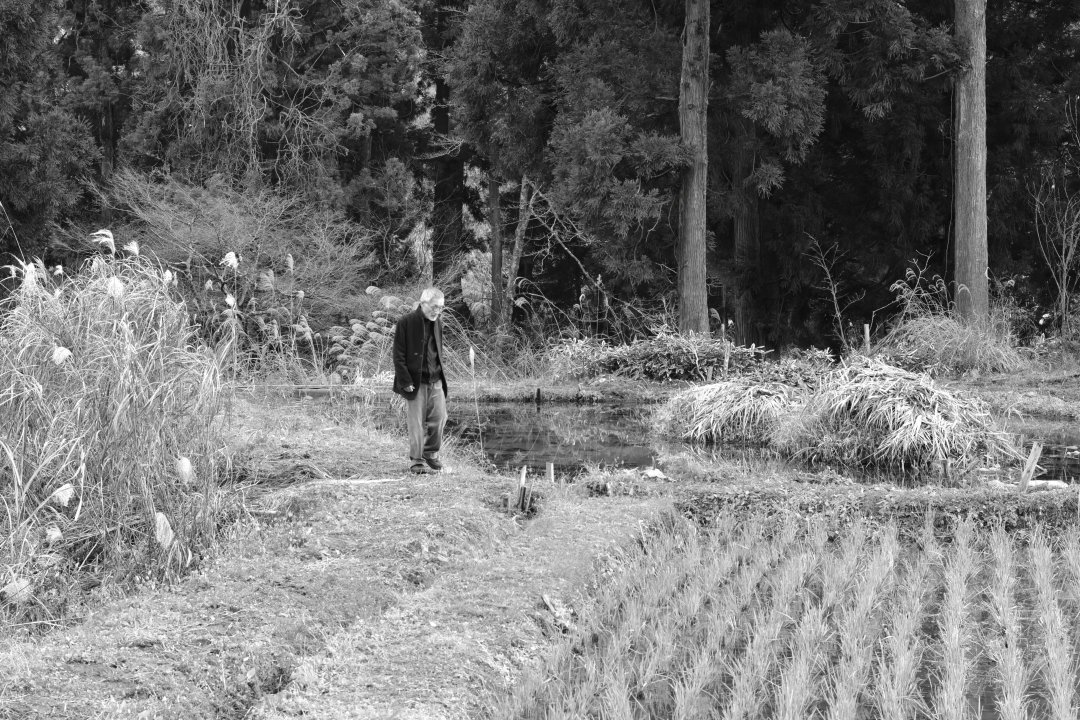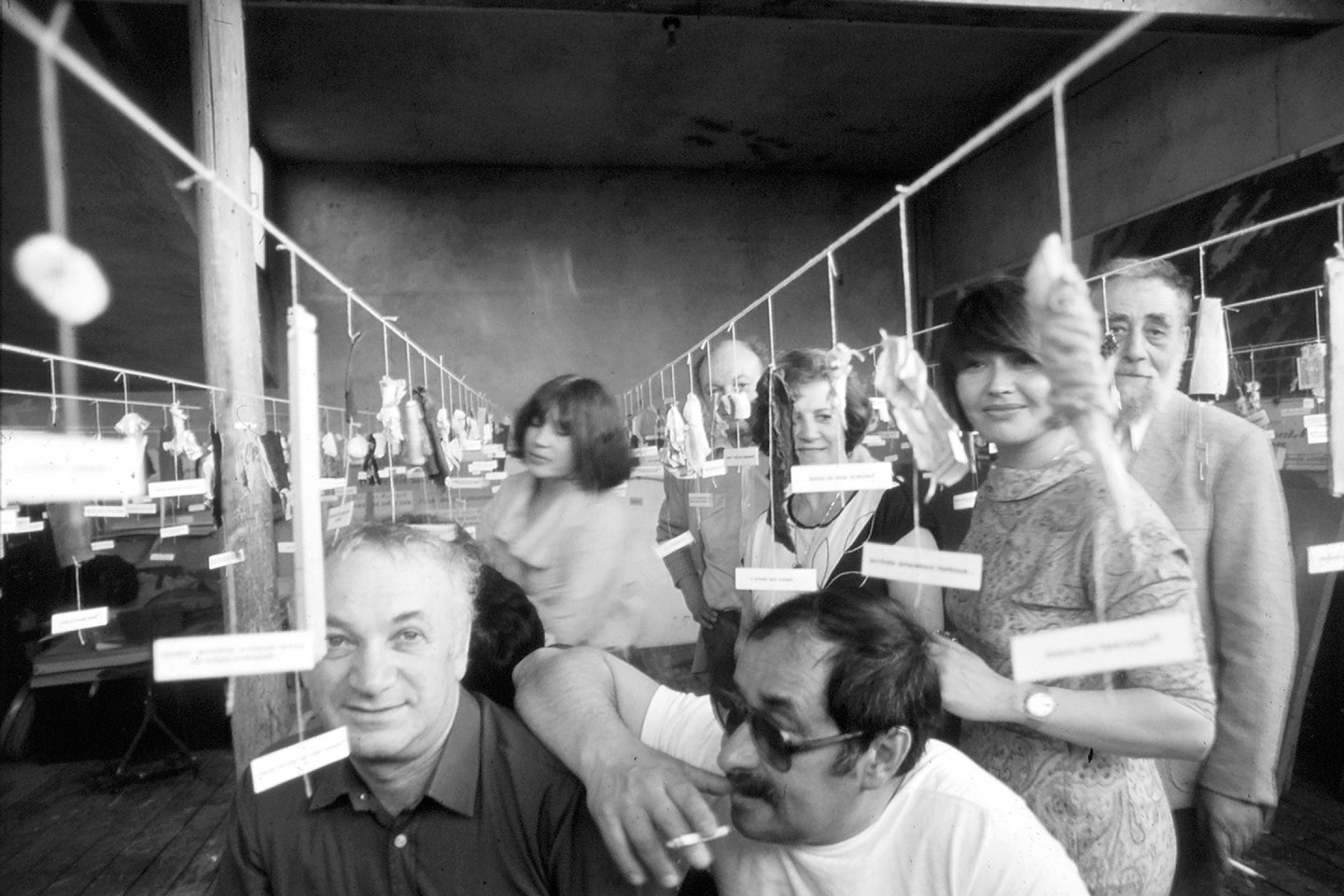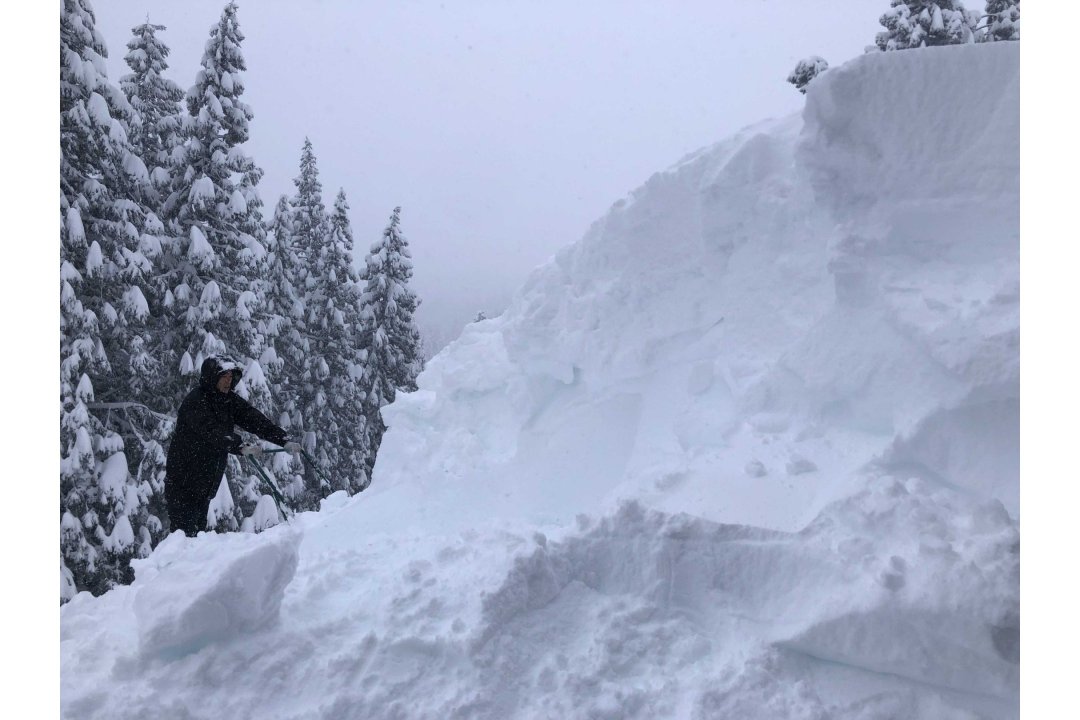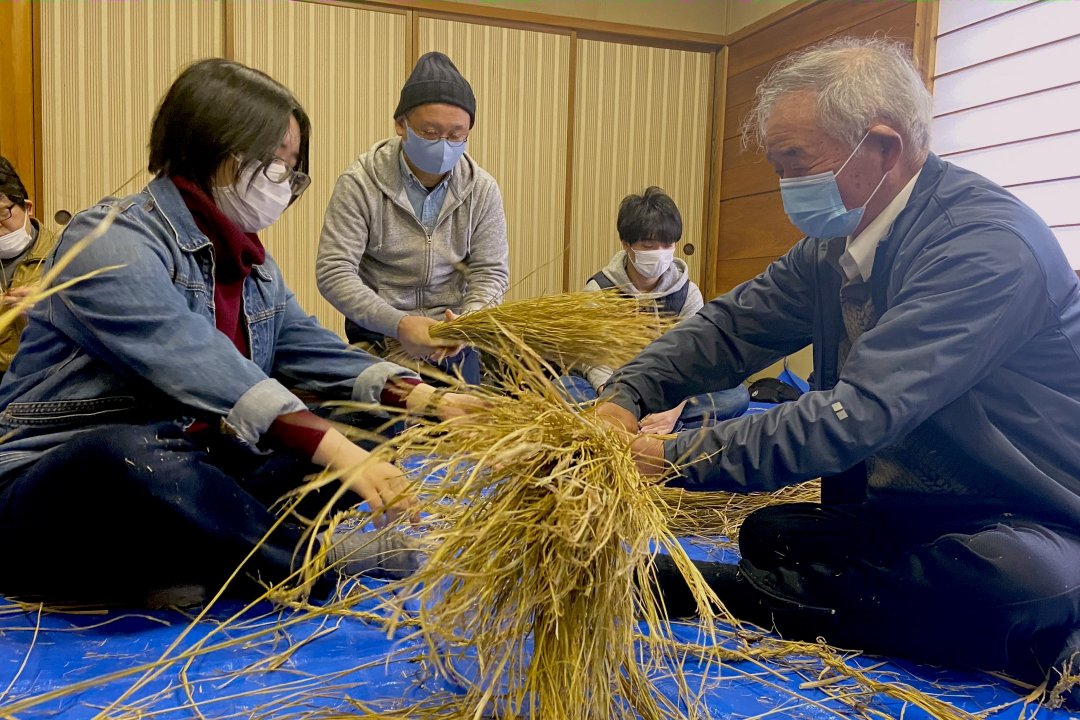Thinking 21st century art in the world from Niigata
Echigo-Tsumari Art Field - Official Web Magazine
Feature / Director's Column
This and that about ETAT 2022 ③(Written on 27 April)
Kitagawa Fram (Editor-in-chef of “Art from the Land” / General Director, ETAT)
Through this series of column, Kitagawa Fram, General Director of the festival shares "this and that about ETAT" which runs from 29 April for 145 days.
Text by Kitagawa Fram
29 April 2022
Prior to the opening of the ETAT2022, I had a meeting with the chairperson and vice-chairperson of the festival committee, Mr Sekiguchi Yoshifumi, Mayor of Tokamachi-city, and Mrs Kuwabara Haruka, Mayor of Tsunan-town. We confirmed we would run the festival under COVID-19 safety measures, make the festival that is good to go and great to host happen and complete this long-term festival without loose end.
Staff members are all focused and in good spirits. While numbers of advance sales of the Passport and volunteers are less than previous festivals, it is still within the range of what we expected due to the long-lasting pandemic. Let’s get started!
I am afraid that I have to start this column with very disappointing news and apologies. Someone came to MonET on a group tour around 21 April destroying a part of “LOST #6” by Kuwakubo Ryota and ≪Wellenwanne LFO≫ by Carsten Nicolai. While we have reported these damages and work with the authority, damages to Kuwakubo’s work, consisting of delicate materials such as parts of weaving machine and tools, were created by his superb craftmanship we will have to impose such time pressure on the artist to recreate the work. We can only wish for its restoration and completion soonish. I feel very sorry for Mr Kuwakubo and those who wouldn’t be able to see the work during the maintenance.

“LOST #6” by Kuwakubo Ryota (2012) Photo by Nakamura Osamu
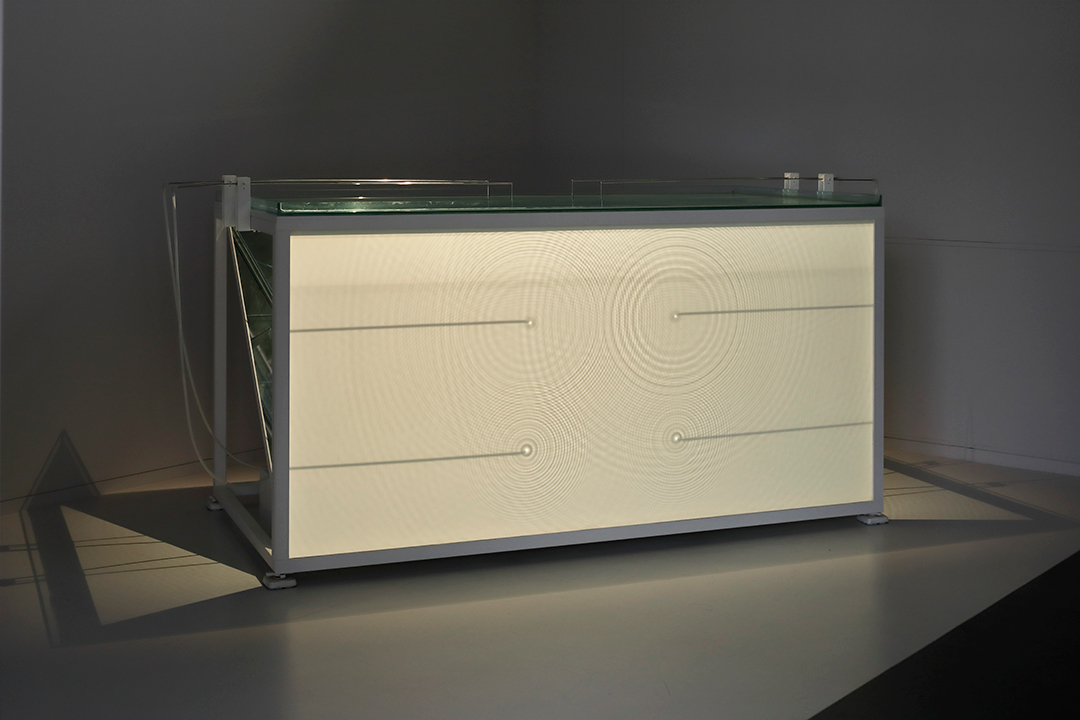
“Wellenwanne LFO” by Carsten Nicolai (2012) Photo by Kioku Keizo
Another update to share is the following works which were going to be open from 29 April will need more time – they are still under the thick blanket of snow and we just have to wait until snow disappear.
【List of artworks to be open from 2 June】
N002 “Blooming Spiral” by Jean-François Brun
N017 “LIKE SWIMMING” by Children in Shirahake + Aoki Noe
D052 “corridor・・・A Water Vein of Time” by Go Akira
Y025 “Nature Walk” by Jenny Holzer
M026 “The Voyage Beyond Time” by Guan Huaibin
M011 “House of Magpies” by Kim Koohan
M028 “Beyond the Borders” by Lin Shuen Long
A003 “Gardening project” by Kawaguchi Yutaka, Naito Kaori
While the official guidebook says they are available to see from 29 April, they are not ready to welcome you, I am afraid. They will be open on 2 June instead and we will keep updated on the official website.
I will again visit artworks for final checks today. I am so grateful for Clélia Zernik from Beaux-Arts de Paris to come over here and join the final check of the first iteration of the special exhibition, “ETAT 2000-2022 Memorial Series – Artists in spirits in Echigo-Tsumari” featuring Jean-Luc Vilmouth. Vilmouth was a great artist who transformed art as an object into exchanges between people. He liked Echigo-Tsumari and his visit to Japan exceeded 100 times over years. I feel so happy to receive someone like Zernik in this difficult time to work with us for a memorial exhibition for Vilmouth.
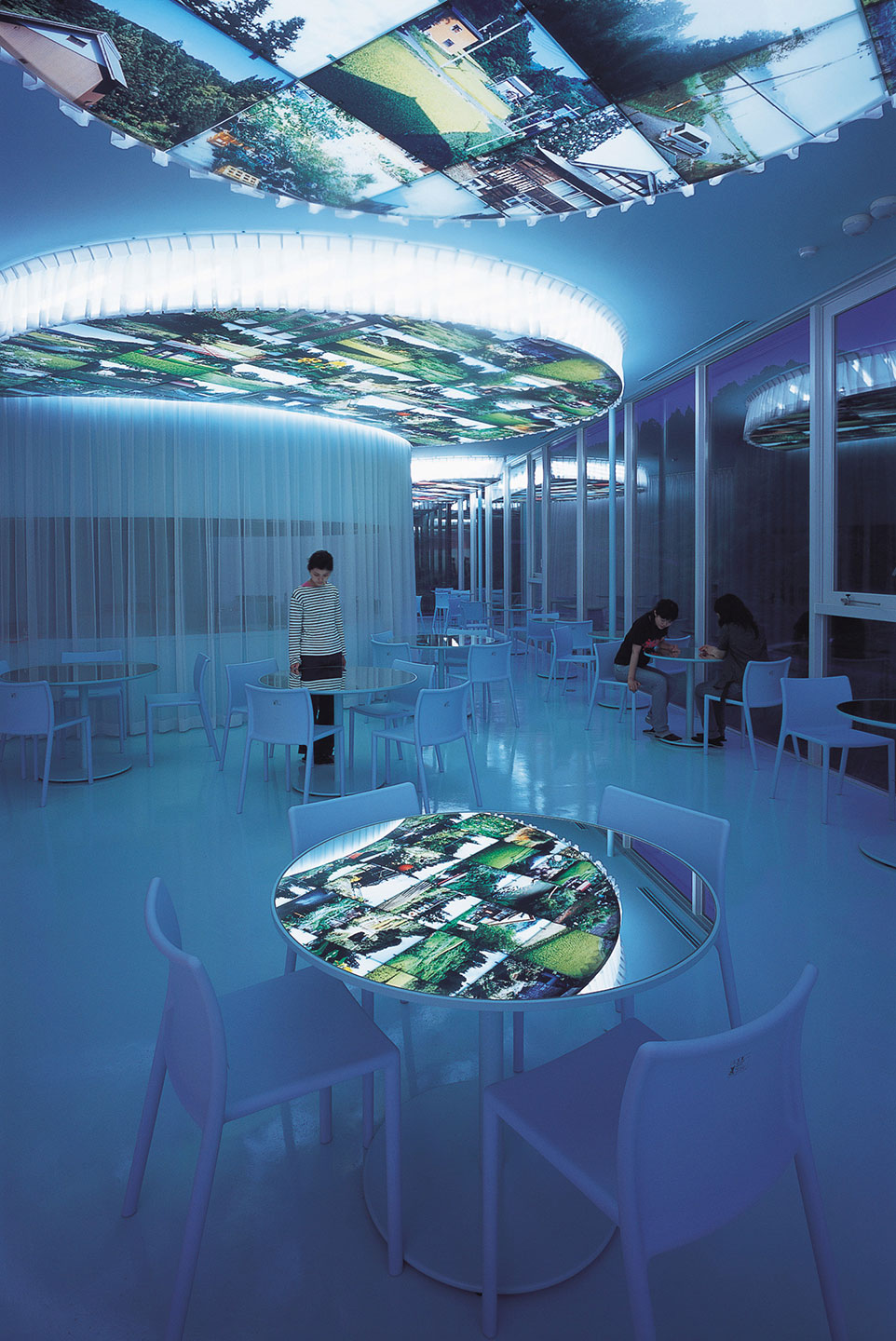
“Café Reflet” by Jean-Luc Vilmouth (2003) photo by ANZAΪ
The Mail Art exhibition introducing mails from artists in the pandemic will return to NUNAGAWA Campus and Gallery Yuyama (in summer). It is worth checking 400 mails in total and please take time to go through them.
“Reminiscence- Vague Memory” by Tanya Badanina from the two festivals before remains beautiful with beakers and flasks lined up in the science room and The wind from sky” by Gao Yu from the ETAT2018 is a pleasant work showing the relation between Ryokan and Mount Emei.
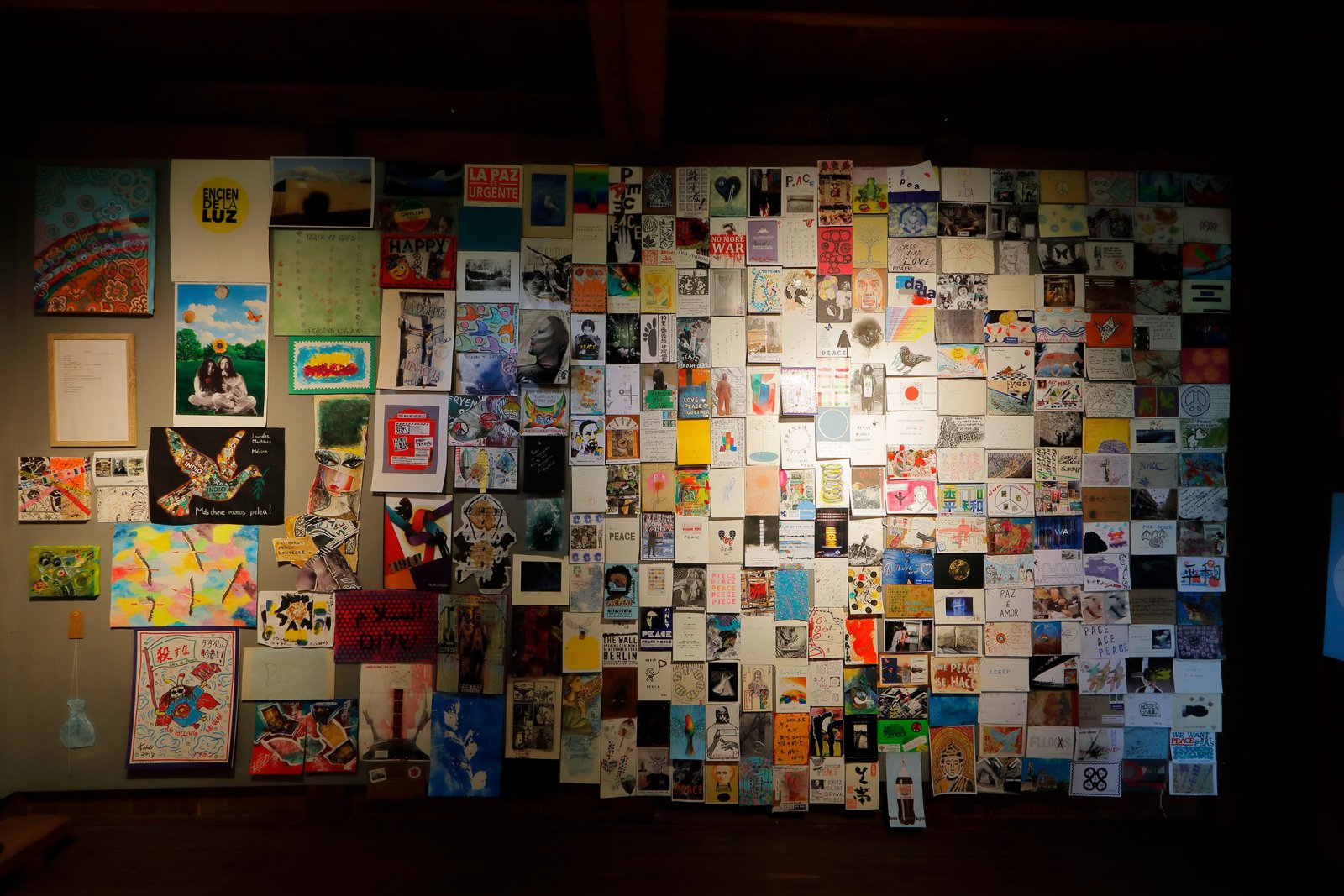
“Mail Art Project – Connecting the World” by Maeyama Tadashi + Mail Art Project, photo by Kioku Keizo
Moreover, the models, display, and documentary of “Antarctic Biennale” (by Alena Ivanova-Johanson) organised by Alexander Ponomarev from Russia and nineteen artists from thirteen countries remind us of how the project was an idealistic thing to do in the recent situation and challenges we have been facing. After Amundsen’s arrival in Antarctica in 1911, he met the Japanese Shirase Nobu, and it is an odd coincidence that Kozai Kazuki’s father (of Kozai Hideo), who is from Nunagawa, became the cook for the Japanese Antarctic wintering party. There is also a work by Kurakake Junichi, the principal of NUNAGAWA Campus – a facility filled with profound artworks.
In Matsudai area, “Golden Playroom” by Toyofuku Ryo is absolutely amazing. It has even jumped from the previous version and I don’t know what to say. Buddha statues, furniture, Chinese figurines, slot machines, neon lights, chandeliers, electric trains, Balinese masks, Gigaku masks, the Statue of Liberty, Vietnamese water theatre puppets, Greek sculptures, Daikokuten and Tai Xi paintings – everything is crammed into the ceilings, walls and rooms and it can take hours to see it all.
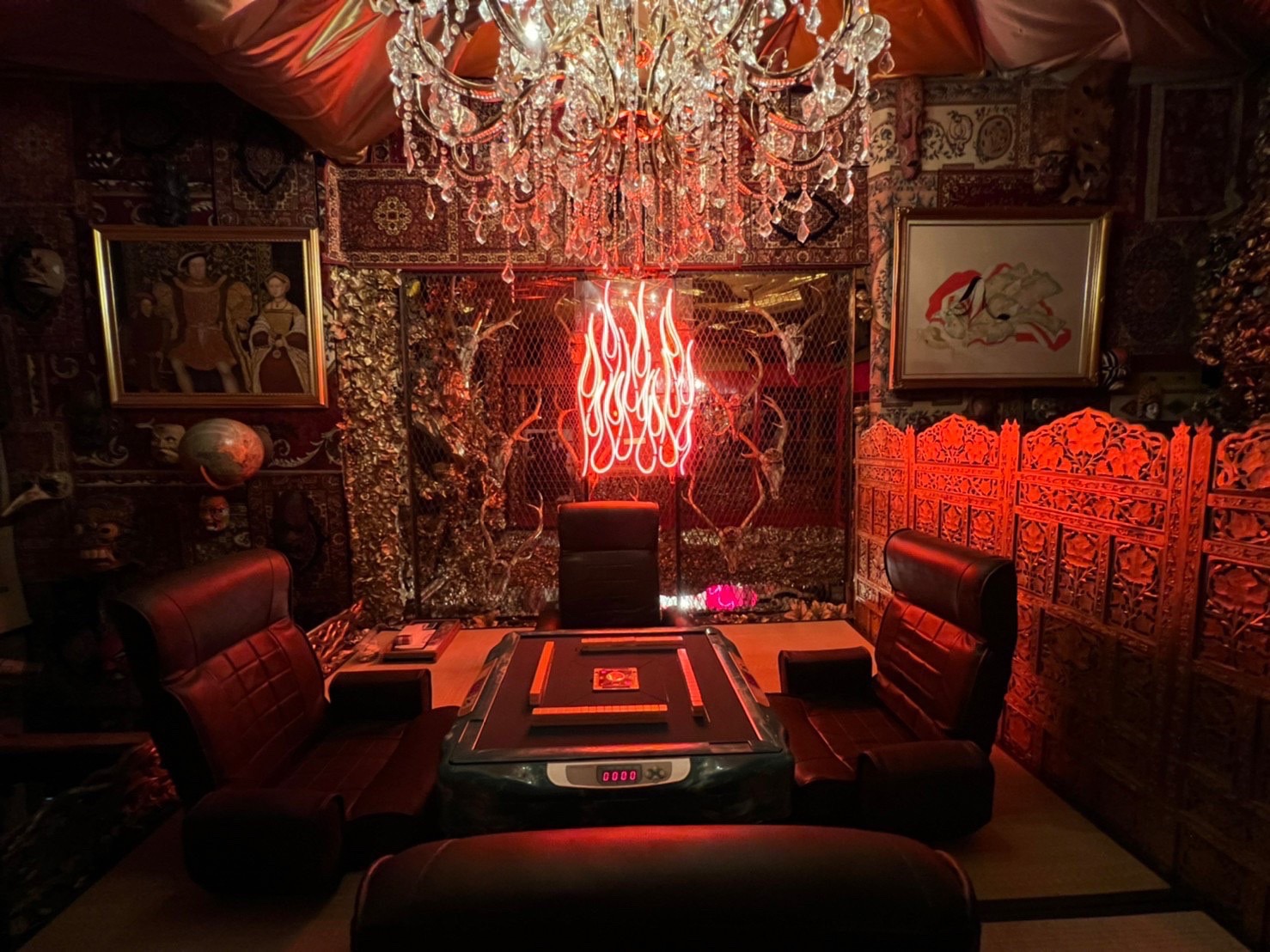
“Golden Playroom” by Toyofuku Ryo (2015-2022)
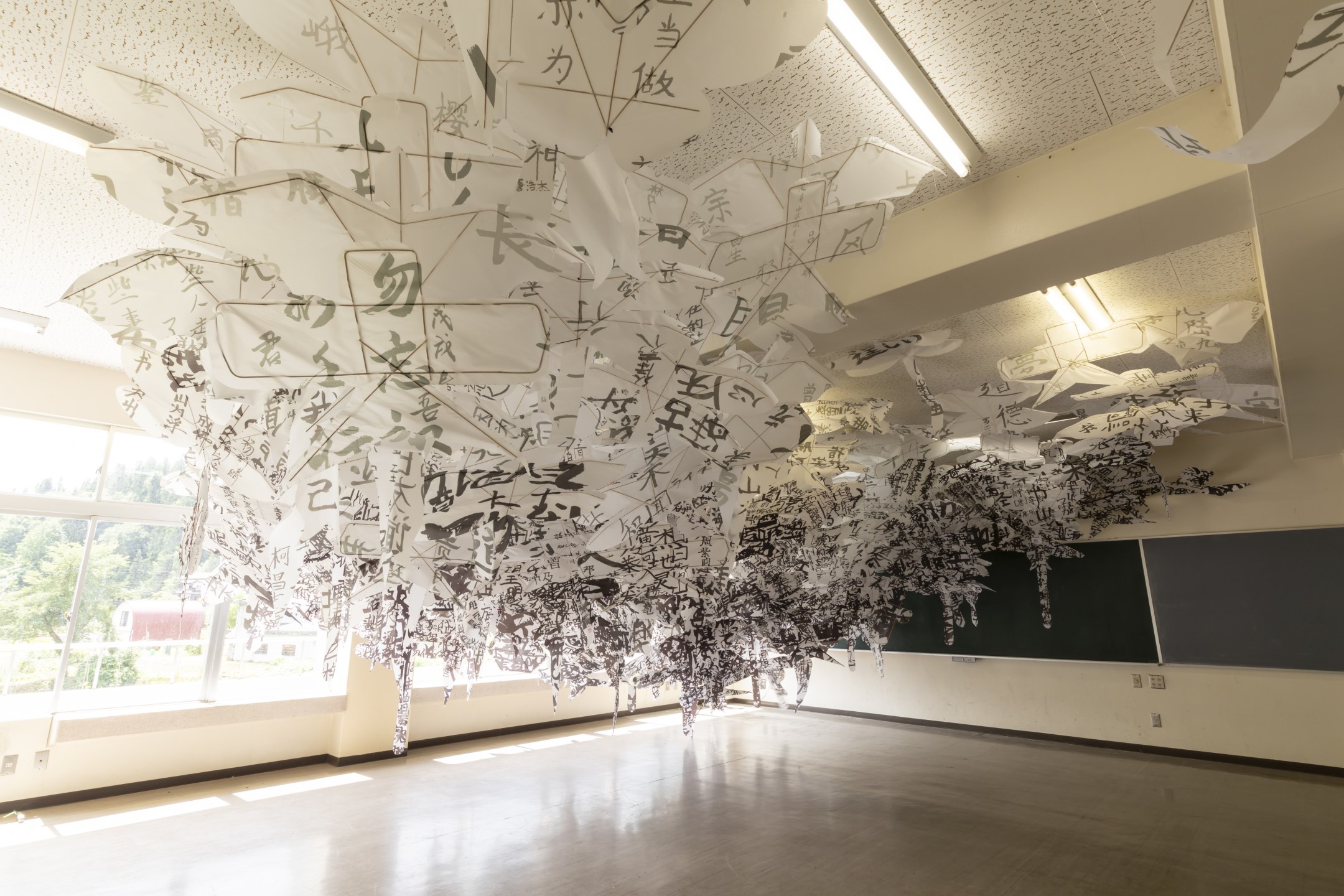
“The wind from sky” by Gao Yu (2018) photo by Nakamura Osamu
What is completely opposite to this is the Kamishinden Community hall in the Gejo area. The ground floor is a quiet room devoted to Tanaka Fumio Bunko by Kang Airan whereas the upper floor hosts “Time of Farm Tools” by Kawaguchi Tatsuo. Although it is a clear exhibition of about thirty farm tools suspended in the space, one can see and feel the intimate time shared – I would think this is a masterpiece and I hope you will allocate good time to enjoy this work.
Kitagawa Fram






